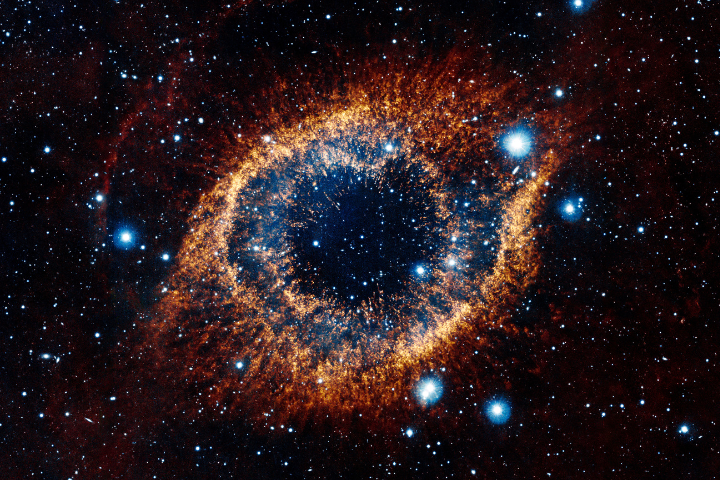
about In Tech
In Tech is our regular feature highlighting what people are talking about in the world of technology — everything from crypto and NFTs to smart cities and cybersecurity.
In recent months, the world has witnessed an incredible surge in UFO sightings in the news, leaving the media and experts scratching their heads about the origin of this phenomenon. Now NASA has decided to take matters into its own hands by studying these events using artificial intelligence.
It’s a bird, it’s a drone, it’s a UAP …
UFOs, or as they are more commonly referred to lately, Unidentified Aerial Phenomena, have been the subject of speculation and fascination for decades. In a report released last year, NASA revealed that it has identified more than 510 UAP sightings over the years, with 144 of those still unexplained. This means there has been at least one sighting per month on average. Of the ones that remain unexplained, they could be new experimental aircraft, cutting-edge drone technology, unusual weather phenomena, or yes, even of extraterrestrial origin.
Previously, the U.S. Congress and the Pentagon released a report about their own findings on UAPs, shedding light on a subject that has long been relegated outside the confines of scientific inquiry. This, and other official public proceedings about extraterrestrial life – including a U.S. congressional subcommittee hearing in July and a Mexican congressional hearing that featured purposed alien remains earlier this month — fueled public curiosity even more.
Now NASA has stepping up to the plate. The agency commissioned a new investigation to analyze UAPs in a more systematic and scientific manner. It aimed to leave no asteroid unturned, analyzing all available video data and firsthand accounts collected so far about UAPs to gather evidence.
Is the truth really out there?
What sets NASA’s approach apart is its commitment to transparency and open mindedness. Its prime directive? To understand and analyze UAPs from a scientific perspective. “We want to shift the conversation about UAPs from sensationalism to science,” NASA Administrator Bill Nelson said in releasing a report earlier this month from an independent team consisting of 16 members, including scientists, aviation and artificial intelligence experts, and retired NASA astronaut Scott Kelly, the first American astronaut to spend nearly a year in space.
It found no conclusive evidence of extraterrestrial life, but said new scientific techniques are needed to continue further exploration, and that AI will be essential for identifying these sightings.
How AI is contributing to the study
Through data collection, curation and distribution, NASA aims to create a database that will be analyzed using machine learning and AI tools, according to the report. Like how neural networks have helped contribute to particle physics, astronomy and other sciences in the past, the same techniques would be adapted to UAP research, with the right coding and adapting in the extensive dataset NASA is assembling, although the report also cautioned that at present, analysis is limited by the quality of data available.
The goal is to eliminate the negative perception surrounding UFOs and UAPs by bringing rigor and objectivity to the phenomena by providing facts instead of assumptions about these objects.
NASA’s commitment to unraveling the mysteries of UAPs highlights the purpose of science, demonstrating a truth based on science and not conjecture. Ultimately, whether they find concrete answers or not, this venture promises to expand our understanding of the universe we live in.
